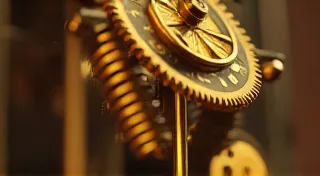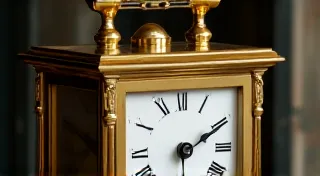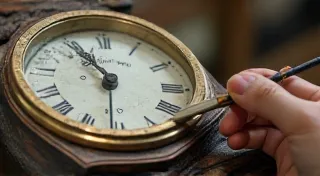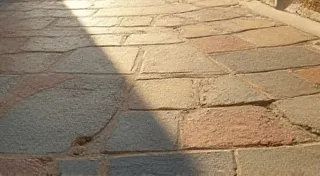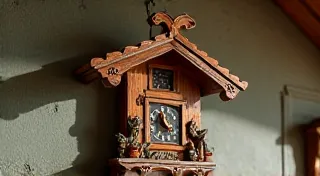Identifying Black Forest Cuckoo Clocks: A Detailed Guide
Black Forest cuckoo clocks are among the most beloved and recognizable antique clocks worldwide. Their charming design, intricate carvings, and iconic cuckoo call have captivated collectors and enthusiasts for generations. However, determining the authenticity and age of these clocks can be tricky. This guide provides a detailed look at identifying Black Forest cuckoo clocks, focusing on key characteristics and variations.
A Brief History of Black Forest Cuckoo Clocks
Originating in the Black Forest region of Germany in the 18th century, cuckoo clocks initially were simple, hand-carved pieces. The earliest models featured a single bellows for the cuckoo call, and were primarily created by farmers looking for a supplemental income. Over time, craftsmanship improved, carvings became more elaborate, and the mechanisms more complex. The 19th century marked the height of Black Forest cuckoo clock production, with numerous workshops and families dedicating themselves to this unique craft.
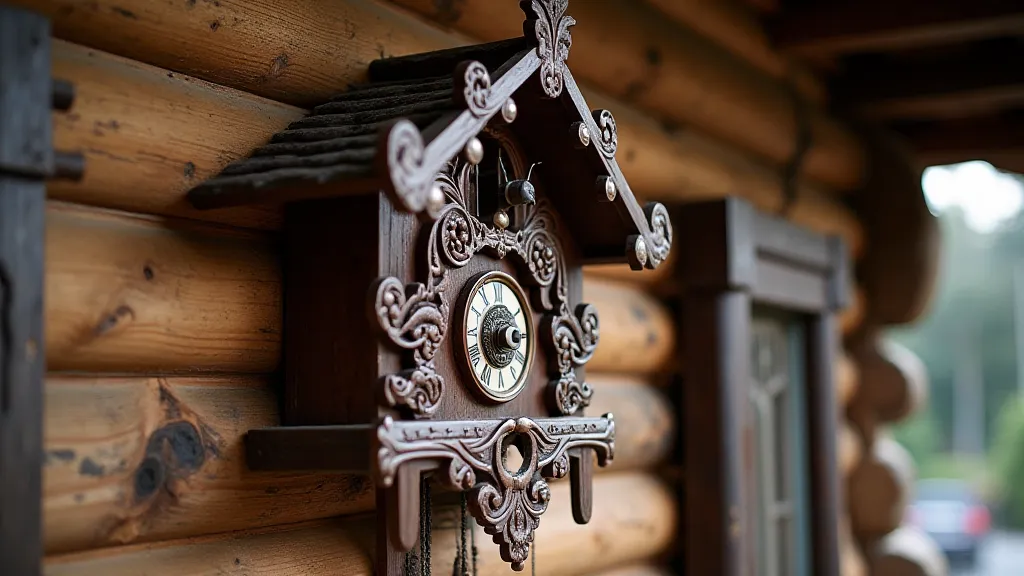
Key Features for Clock Identification
Identifying a genuine Black Forest cuckoo clock involves carefully examining several aspects:
1. Carvings and Wood Type
Most Black Forest cuckoo clocks are crafted from locally sourced woods like pine, fir, and occasionally spruce. The carvings often depict scenes from Black Forest life – hunts, farmers, musicians, or whimsical woodland creatures. Look for:
- Depth and Detail: Genuine antique clocks boast remarkably detailed carvings.
- Wood Grain: The visible wood grain is a characteristic feature.
- Patina: Antique clocks will often display a warm patina resulting from age and exposure.
2. Movement Characteristics
The movement, or clockwork mechanism, is vital for identification. Key factors to examine include:
- Weight Driven: Traditional Black Forest cuckoo clocks are almost always weight-driven. The weights hang down and power the movement.
- Movement Markings: Some movements are marked with the maker's name or a workshop insignia. These markings, though often faded, can provide crucial information.
- Cuckoo Mechanism: The cuckoo itself is a crucial part. Early examples had a single bellows, while later ones had two, resulting in a clearer, louder call. The quality of the carvings on the cuckoo figure itself is also indicative of age and quality.
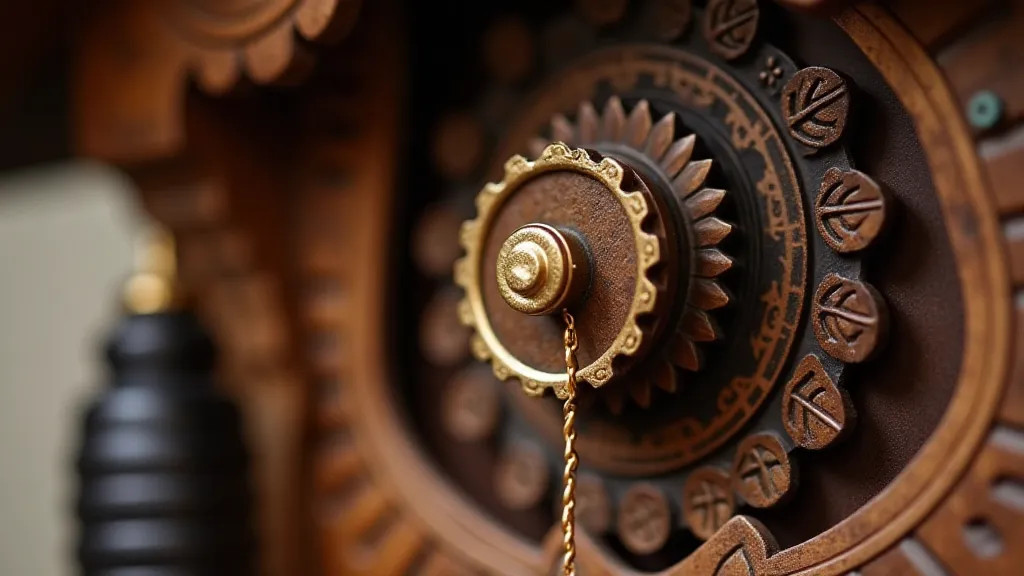
3. Regional Variations
Within the Black Forest region, different workshops developed unique styles. Understanding these regional nuances can aid in identification:
- Furtwangen: Known for larger, more elaborate clocks with elaborate carvings.
- Triberg: Characterized by clocks with a deeper, more resonant cuckoo call.
- Schonach: Often features finely detailed carvings and a more restrained aesthetic.
4. Case Styles
Case styles evolved over time. Earlier clocks featured simpler, rectangular cases, while later examples incorporated more ornate designs. Look for:
- Arch Top: A common feature of many Black Forest cuckoo clocks.
- Florentine Inlay: While less common on earlier clocks, some later pieces incorporate Florentine inlay (small pieces of ebony or other dark wood inlaid into the carving).
Dating Your Black Forest Cuckoo Clock
Determining the *exact* age of a Black Forest cuckoo clock can be challenging. However, several factors provide clues:
- Weight Design: The shape and materials of the weights can provide insights into the era.
- Carving Style: Changes in carving techniques and motifs reflect evolving artistic trends.
- Movement Construction: Changes in movement design, materials, and finishing techniques are indicative of age.
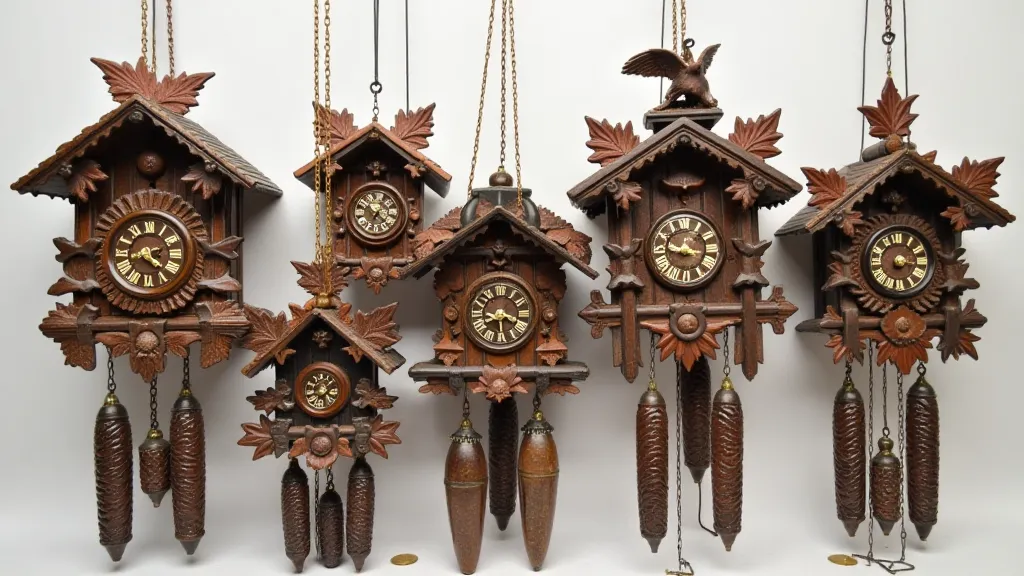
Conclusion
Identifying antique Black Forest cuckoo clocks requires patience, observation, and a willingness to delve into the fascinating history of this unique craft. By carefully examining the carvings, movement, regional variations, and overall construction, you can gain a deeper appreciation for these charming and collectible clocks.
